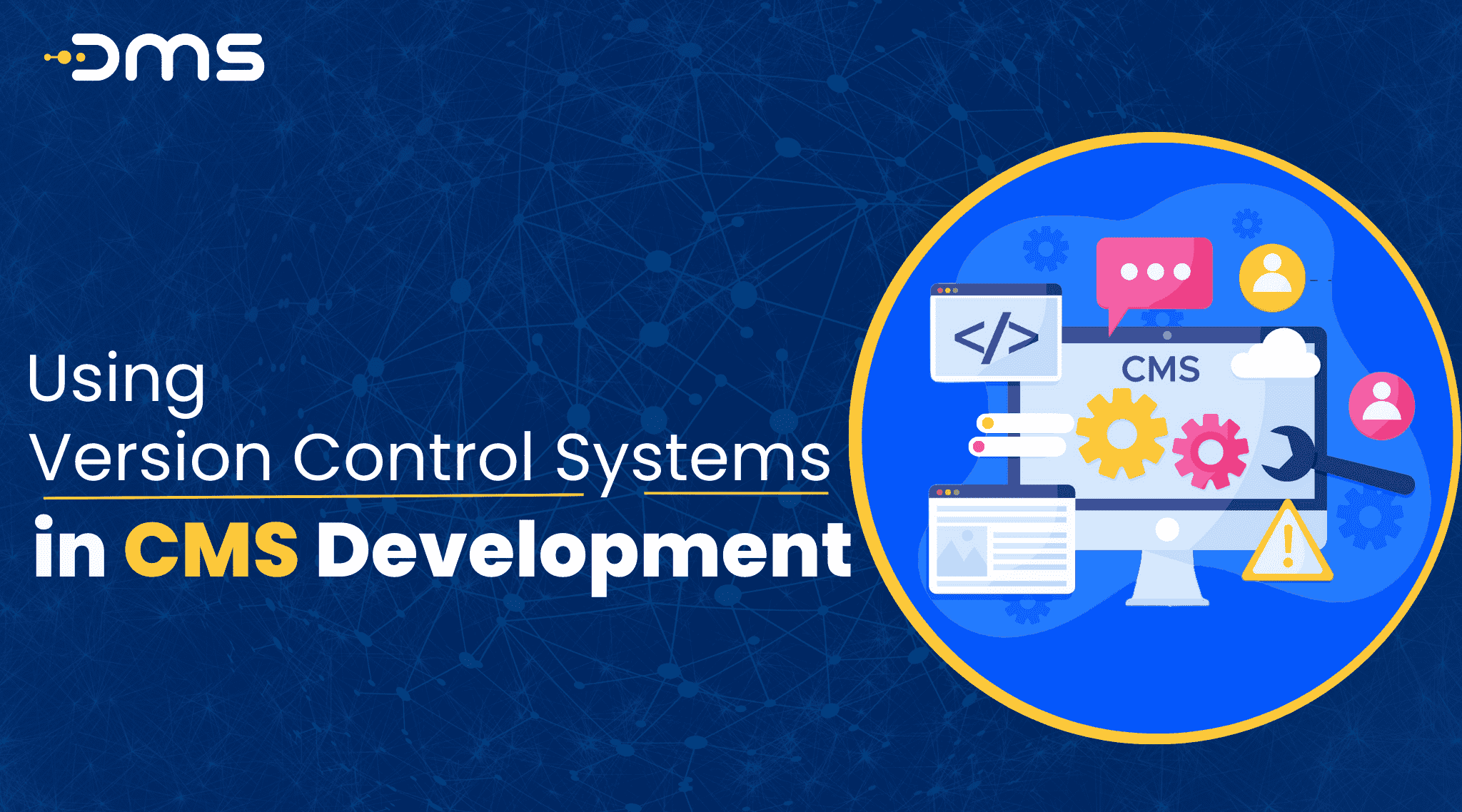Content management systems (CMS) are essential in order to quickly design and manage websites in today’s hectic development environment. Without any coding knowledge, web developers may quickly update, edit, and add or modify content on websites using CMS. However, with ease of use comes the significant challenge of managing versions of code and content changes. Version control systems (VCS) are convenient and useful in this kind of situation.
What is Version Control System (VCS)?
A version Control System (VCS) is a software tool that enables developers to manage the changes made to their codebase efficiently. It promotes cooperation by enabling developers to maintain track of various versions of the code by letting team members work on the same files concurrently.
Version control systems come in two types: distributed and centralized. In a centralized VCS, there is a single central repository where all the code is stored, and developers must check out files from this repository to make changes. In a distributed VCS, each developer has a complete copy of the codebase, and changes are synchronized between developers through a shared remote repository.
Why do we need VCS for CMS development?
A team of developers, designers, and content creators must work together on the same codebase for the purpose to build a content management system (CMS). This creates a significant challenge in keeping track of the changes made by different team members. The problem gets more complex when multiple teams work on different aspects of the CMS development project.
In such a scenario, using VCS can help teams manage code and content changes more efficiently. VCS allows developers to track changes made to the codebase, which helps them identify the source of issues more easily. Additionally, VCS enables developers to collaborate more effectively and avoid conflicts arising due to multiple team members working on the same codebase.
How to use VCS for CMS development?
There are several VCS tools available that developers can use for CMS development. Some popular VCS tools include Git, Mercurial, and SVN. Let’s take a closer look at how developers can use Git for CMS development.
Create a Git repository
The first step is to create a Git repository for the CMS development project. The repository will be the central location where all the code and content changes will be tracked.
Collaborate on the repository
After setting up the repository, developers can work collectively on the codebase. Git enables developers to create branches, which allows team members to work on different features of the CMS development project simultaneously. A feature can be completed and then merged into the primary branch.
Track changes
Git enables developers to track every change made to the codebase. This helps developers identify the source of issues more easily and revert to a previous version if required.
Rollback changes
If a change breaks the CMS development project, developers can easily roll back to a previous version of the codebase using Git.
Conclusion:
A version control system (VCS) has to be used in any project that demands developing a content management system (CMS). It gives developers the ability to handle codebase changes more effectively, keeping the project on schedule and within budget. Developers may work together more successfully with VCS, preventing disagreements that can happen when several team members are working on the same codebase. It is feasible to ensure the newly developed CMS will be delivered to the customer on time and with all of the features that they desire by reducing the development process. Overall, the use of VCS is critical for successful CMS development, allowing developers to work more efficiently and effectively towards project completion.


